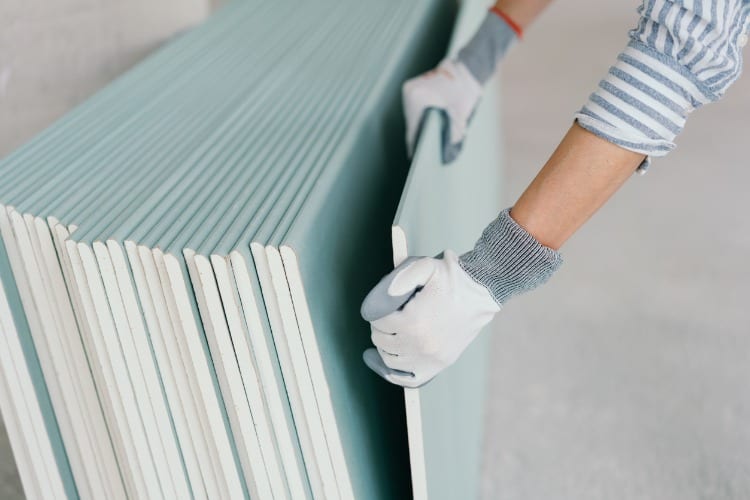Drywall mud, also known as joint compound, is an essential material used in the construction industry for finishing walls and ceilings. However, it can be frustrating when bubbles appear on the surface after application. In this blog post, we will delve into the reasons behind this phenomenon and explore effective solutions to prevent and fix bubbling issues. So, let's uncover the mystery of why drywall mud bubbles!
- Understanding Drywall Mud:
Drywall mud is a paste-like substance primarily composed of gypsum powder, water, and various additives. It is used to fill gaps, cover seams, and create a smooth surface before painting or wallpapering. The application process involves spreading the mud over the joint or damaged area, followed by sanding and priming. - Moisture and Humidity:
One of the primary causes of drywall mud bubbling is excessive moisture or humidity. When the mud is exposed to high levels of moisture, such as in bathrooms or kitchens, it can absorb the water and create bubbles. Additionally, improper drying conditions, such as insufficient ventilation or high humidity during the drying process, can also lead to bubbling. - Air Trapped during Application:
Another common reason for drywall mud bubbles is the presence of air trapped beneath the mud during application. This can occur if the mud is not spread evenly or if air pockets are not properly eliminated. As the mud dries, the trapped air expands, causing bubbles to form on the surface. - Inadequate Surface Preparation:
Proper surface preparation is crucial to prevent bubbling issues. If the surface is not adequately cleaned, sanded, or primed before applying the mud, it can lead to poor adhesion and subsequent bubbling. Dust, grease, or other contaminants on the surface can create a barrier, preventing the mud from adhering properly. - Incorrect Mud Consistency:
The consistency of the drywall mud plays a significant role in preventing bubbling. If the mud is mixed with too much water or if it is overworked during the mixing process, it can become too thin. Thin mud is more prone to bubbling as it dries, as it lacks the necessary thickness to form a solid, bubble-free surface. - Solutions and Prevention:
To prevent drywall mud bubbles, it is essential to follow these guidelines:
- Ensure proper ventilation and humidity control during application and drying.
- Thoroughly clean, sand, and prime the surface before applying the mud.
- Use a high-quality joint compound and mix it to the manufacturer's recommended consistency.
- Apply the mud evenly, eliminating air pockets as you go.
- Allow sufficient drying time between coats and ensure the previous layer is completely dry before applying the next.
Conclusion:
Understanding why drywall mud bubbles is crucial for achieving a flawless finish in construction projects. By addressing the causes and implementing preventive measures, such as controlling moisture, preparing the surface adequately, and using the correct mud consistency, you can minimize or eliminate bubbling issues. So, next time you embark on a drywall project, remember these insights to achieve professional results without the frustration of bubbling mud.
